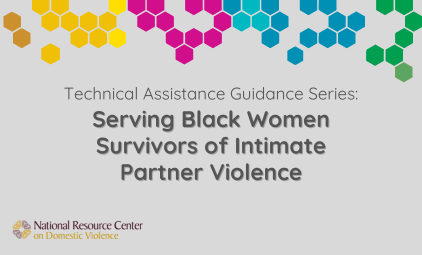Changing public attitudes, the outcomes of several landmark cases, pressure from advocacy organizations, and findings from new research led to a greater readiness among police, prosecutors, judges, and social service professionals to work more closely within a coordinated community response to identify and prosecute men who batter their intimate partners and then mandate the men into group treatment programs. Historically, there have been many efforts to help end domestic violence; however it was only in the late 1970s that the first group treatment programs for men who batter were founded. Currently, there is wide variation in content, style, and length of batterer intervention programs, from small group treatment programs to universal prevention efforts.
Group Treatment Approaches for Men Who Batter
Treatment programs for men who batter, often called batterer intervention programs or BIPs, are generally small group programs offered by one or two professionally-trained facilitators working with about eight to 10 men who batter. Generally, participants join and progress through the group process at the same time as a cohort but in some cases may join and leave the group at set times, different from other members. Some group programs are supplemented by on-site individual counseling or referral to another practitioner. Most BIPs across North America use some combination of both educational lessons and psychosocial or therapeutic processing among group members. Many programs draw heavily on social learning models that aim to teach new cognitions and actions and on a gendered lens for analyzing power relationships in violence between intimates.
Key Findings from the Published Research on Batterer Intervention
There is great controversy surrounding both the current practices of the criminal justice system mandating treatment, as well as the effectiveness of group treatment programs to which men are sent. With many dozens of evaluations now published, we have some ideas about how group BIPs work to end violence and seven key findings about group BIP effectiveness can be drawn:
- Across studies, group BIPs have a modest but positive impact on ending violence;
- Group BIPs help the majority of men end their physical violence over a period of time;
- It is not yet clear what components of group BIPs help create these changes;
- It appears that group BIPs incorporating motivational enhancement components help more men change;
- Personality type does not appear to predict different outcomes;
- Programs designed for men of color achieve similar outcomes to other BIPs; and
- Group BIPs that are part of coordinated responses with the criminal justice system achieve better outcomes.
Current Concerns about Batterer Intervention Programs
The above literature on group BIPs raises several concerns that have not yet been adequately addressed. These concerns include:
- Attrition from programs is high and presents a major challenge to BIP effectiveness;
- Most recidivism by men who batter appears in the first 15 months after enrollment, a period longer than most group BIP programs;
- A small number of men appear to be the most dangerous and may require additional attention;
- Substance abuse and mental health problems commonly co-occur with violence perpetration;
- Women's assessments of their own safety often provide the best assessments of danger; and
- Outcomes beyond individual recidivism should be considered.
What to Make of All This?
There is certainly controversy over whether group BIPs are useful as one element in a communitys response to domestic violence. This controversy has accompanied BIPs since their inception in the 1970s and will likely continue to do so into the foreseeable future. The small psycho-education groups we call BIPs seem to achieve documented positive changes among many participants who complete them and more so when they are part of a coordinated community response. These positive findings resulted from decades of study that also leave many questions unanswered. We still do not have clear answers to what in BIPs creates change among the participants, how to reach men ambivalent about making change before costly law enforcement and social service systems become involved, and how to respond to program dropouts and recidivists, especially those who continue to cause injury to their partners while enrolled in a program.
This review provides some initial answers to questions frequently raised regarding the success of BIPs. It also, however, points to many still unanswered questions about intervention with men who batter. Additional research will hopefully clarify the components of small group programs that are most effective, how such programs are best integrated as part of coordinated community responses, and how they may impact the community at large.
| Attachment | Size |
|---|---|
| Groupwork with Men Who Batter: What the Research Literature Indicates | 608.51 KB |













